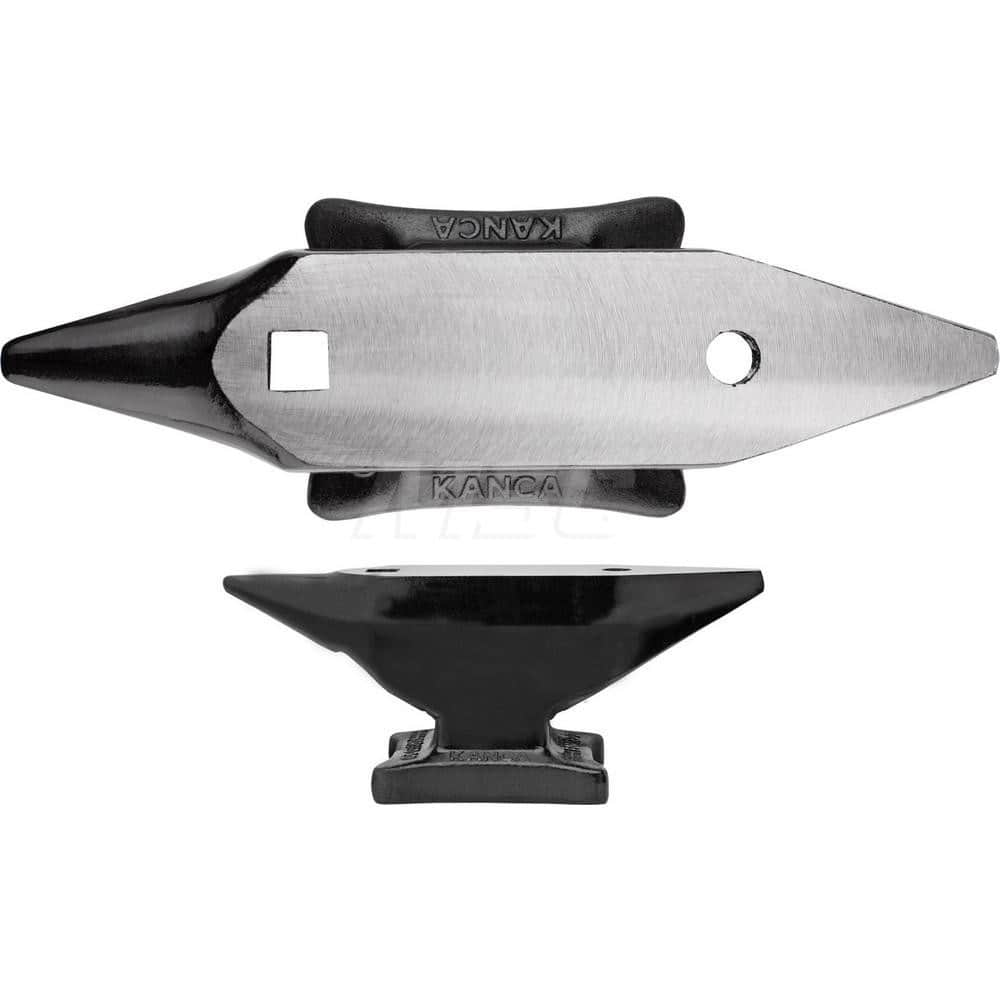

I set anvil heights for specific situations, and for use with very light to heavy hammers. That being so, the requirements of the left hand become more important than the right hand. Relationships with power hammers and forges are also factors. That being said: I advocate an extremely loose hand grip, German cross pein hammer geometry (din 1041), and a hammer snapping technique that allows one to hit effectively at a wide variety of heights and angles as well as from different directions. I am making a video on Basis hammering technique.The deeper I get into it the less I know. There is a lot of good advice here with substantial healthy variation. being said, they are a little higher than knuckle height sort of in between knuckle and wrist, You have to see where you hammer falls on a piece of metal (of a given height) rather than where your joints(knuckles and wrist) are located. If I only had one anvil it would be where the last 2 anvils are situated. I do almost all of my work on the those two anvils but its really nice to have the others when the need arises. I have 2 other anvils (190lb HB and 330lb Reflinghaus) that are precisely where my hammer face falls perfectly flat on a. The largest is a wonderful 400lb Fisher that can can take any thing I can dish out, but is on a stand/anvil combination which is about 31" tall, I'm about 6'2" so its kinda low for me but works well. For me it makes sense, I don't see very well any more, since I'm way over the hill, and I use it for finer detail work. I have 4 anvils I regularly work on the smallest being an 88lb Hay Budden on what would be considered a very tall stand. Heavy anvils are usually also taller but the stands are by necessity, shorter. Damion, you need to re-read his response, " - in general the smaller the anvil the taller the stand- light work on small anvil, heavy work on tall anvils". When finished, try that height for a couple of weeks to give it a fair test, and adjust as needed for your comfort. The wood just shows you visually where you are or if you need more adjustment. Like anything, you have to start somewhere, and then adjust as needed for your circumstances. Think of the wood as carbon paper (you may have to google carbon paper, grin) which shows where things touch. Works for him in his location at his forge and at his way of doing things. Took me a while to wrap my head around his sitting and forging and heavy angle on the hammer face until I put everything together and. He sits to work, has his anvil low chest high, tilts the anvil toward him, and then has a bevel or angle on the hammer face to match the anvil face and hit it square and flat. There is a fellow on the site that is a production blacksmith for small items. The idea is to show when the hammer face if hitting flat and square with the anvil face. If you use a sledge and striker, then set it up for the striker. If you use 2 inch stock then put 2 inches of wood on the anvil face. This is based on folks using 3/4 to 1 inch stock (or less). You may want to look them up for additional references. This has been covered in other threads and discussions on the site. Measure the height of the anvil face and build you new and permanent anvil stand to this height.
#Anvil weight 3her full
Adjust as needed to YOUR forging methods, keeping in mind you want a full circle imprint of the hammer. Use this height for a period of time and be sure you are comfortable with the swing, impact, and overall height. Adjust as needed until the indentations from the hammer are full circles meaning the hammer is hitting the wood flat and square. 3 o'clock or 9 o'clock and your hammer is tilted. 6 o'clock and the anvil face is too high. 12 o'clock and the anvil face is too low. Hit it 3 times with the hammer with the same swing and impact you would use while forging. My suggestion is to NOW place a piece of 3/4 inch thick wooden sheeting on the anvil face. From there raise or lower the anvil until you do not have to bend over and allows you to feel comfortable when swinging the hammer. You will want to start with the face of the anvil about knuckle height when standing erect with a closed fist. DO NOT build the stand until you find out the height of the anvil face that you can use comfortably.Īny arrangement of materials such as cinder blocks, bricks, boards, pallets, etc so you can raise or lower the anvil can be used for testing.


 0 kommentar(er)
0 kommentar(er)
